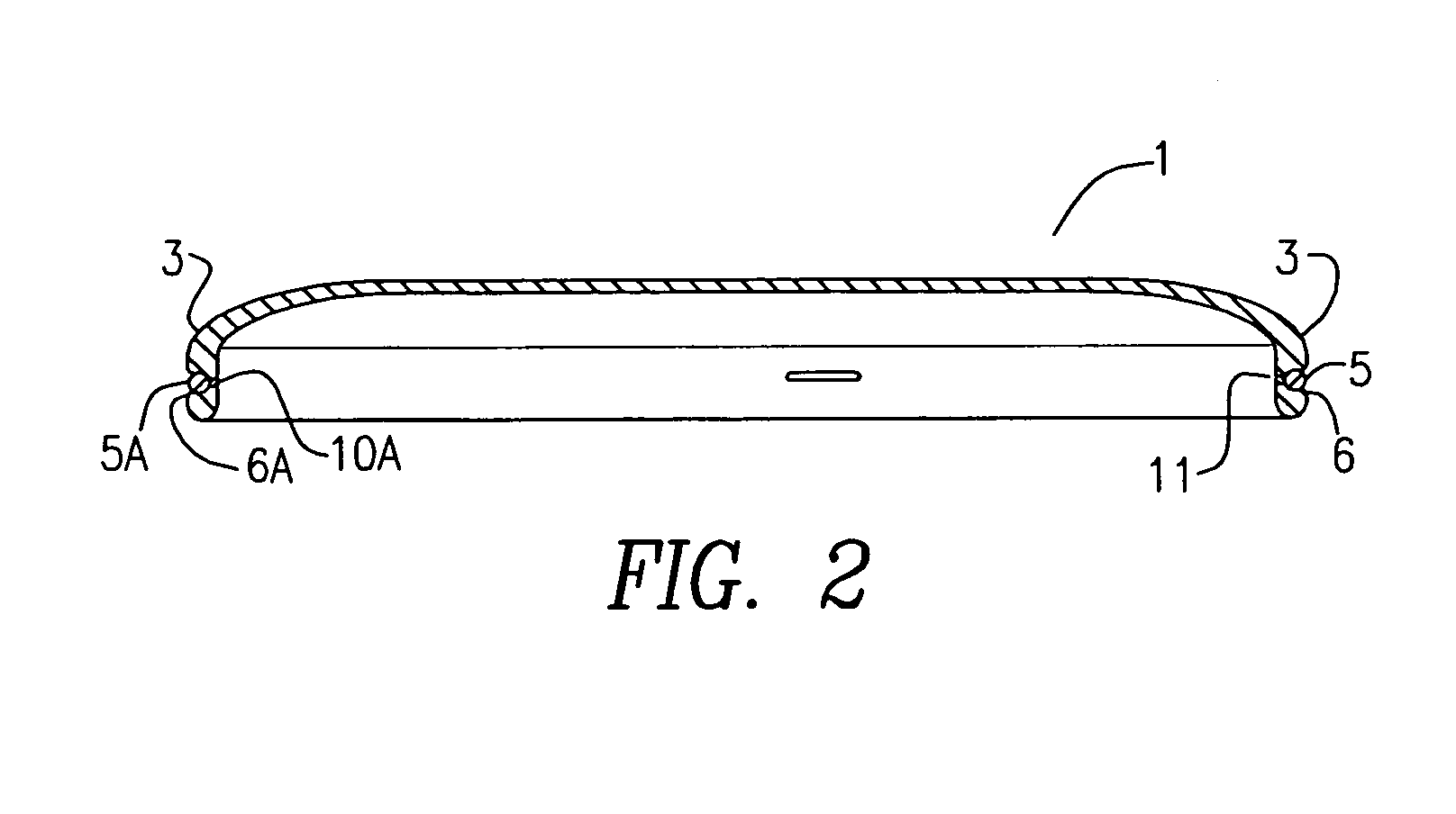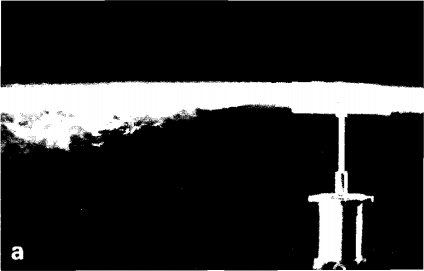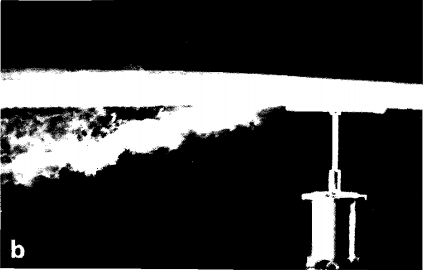A Frisbee's Flight and Bernoulli's Principle
As for what is keeping it in the air, that too has to do with the shape of the frisbee, more so the depth of it (its three-dimensional qualities). Most frisbees are shaped something like this:

As you can see they have lots of area on their under sides that allows for air to fight under it, and the steep- ness of the sides forces more air under than it allows to go over the top. As Kathleen Baumback explains, "... the Frisbee's shape causes the air above and underneath it to be deflected downward with a positive angle of attack. This forces the air flowing above the Frisbee to travel faster than the air below it. Furthermore, the Bernoulli Principle states that the pressure in a fluid decreases as the speed of the fluid increases, accounting for the lower pressure on the top of the Frisbee than on the bottom. This allows the Frisbee to hover temporarily before the disc is overcome by gravity." ("The Aerodynamics of Frisbee Flight" p.4). This is also where the angle that you realize the frisbee at comes into play with how it curves, doubles back, or even "bounces" throughout its flight. Here (fun frisbee throws vid) are some examples of interesting flight patterns you can do with a frisbee:
Unfortunately I'm not going to dive into these cool but more complicated interactions. The boiled down version is that the harder you throw the frisbee, the more forward velocity it has as well as angular velocity, and if you remember back to Newton's First law, this means the frisbee can over come more of the unsee forces occurring in the atmosphere and go farther in the intended direction (because of Bernouli's Principle and gyroscopic inertia).
Here are some visualization of Bernouli's Principle. The following images are from Y. Nakamura and N. Funamachi's 1991 paper "Visualization of the Flow Past a Frisbee". Image (a) is of a stationary (not rotating) frisbee's downdraft and image (b) is that of a rotating frisbee's downdraft respectively. Showing that the spin does increase the stability and flight duration of the frisbee.


The following is a video of a rotating frisbee's airflow in a clockwise rotation and the resulting airflows.